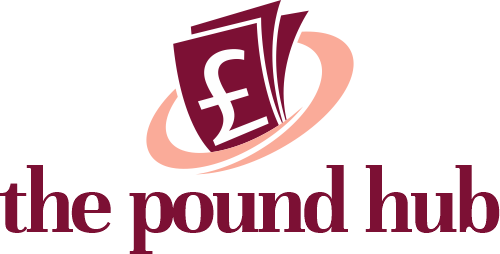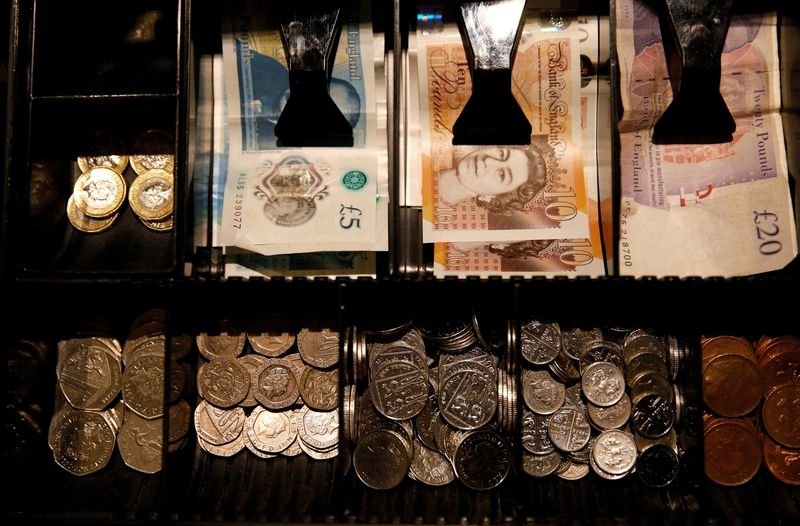Key takeaways
- CPI rose by 3.6% in the 12 months to June 2025
- Food and non-alcoholic beverages experienced a 4.5% inflation rate – the third consecutive month of increases
- Inflation is significantly above the Bank of England’s target
- Beef and veal saw the highest inflation within the food category at 20.4%
- Food and drink manufacturers anticipate continued cost increases due to rising prices of key ingredients and high energy and labour expenses.
The Consumer Prices Index (CPI) rose by 3.6% in the 12 months to June 2025, climbing from 3.4% in May. This represents the highest inflation rate since almost a year and half ago when it was 4%.
On a monthly basis, CPI increased by 0.3% in June, compared with a rise of 0.1% in June 2024.
Food and drink inflation
The 12-month inflation rate for food and non-alcoholic beverages was 4.5% last month – representing a third consecutive month-on-month rise. This is the highest recorded since February 2024, but is well below the peak seen in early 2023 of 19.1%.

Food and non-alcoholic beverages prices saw a monthly uptick of 0.3% in June 2025, compared with a rise of 0.2% a year ago.
Five categories saw inflation in double digits: beef and veal (20.4%), butter (20.0%), chocolate (16.3%), coffee (12.3%), and lamb and goat (10.2%).
Meat inflation
“Overall, beef rose by an average of 3.2% and, most notable among the cuts was Lean Beef Mince which increased by £0.82kg (9.15%), no doubt driven by the warm weather and BBQs. Standard Mince nudged up by 4.6% (+£0.28kg) whilst Sirloin and Fillet steaks both saw increases in excess of £1.00 per kg,” said Tony Goodger, head of communications at Association of Independent Meat Suppliers (AIMS).
“Looking at Chicken the ‘ALDI price match’ probably drove the price for chicken wings down as they exited June 5.5% cheaper than in May. However, and again probably down to the warm weather and BBQs, Chicken Breast Portions (+6.7% / £0.49kg) and Chicken Thigh Fillets (+5.1% / £0.42kg) showed the biggest moves”.
“Year on year meat and poultry price inflation for June stands at 12.77% with just pork (2.52%) below the ONS CPI inflation figure of 4.1%.”
Rachel Reeves under pressure
The rate at which prices are increasing is much higher than the Bank of England’s (BoE) target rate of 2% and has also come in higher than the 3.4% economists were predicting.
“Services price inflation, which the Bank of England sees as a better indicator of local price pressures than overall CPI, stayed at 4.7% in June, defying economists’ expectations of a drop to 4.6%,” explained Zain Vawda, market analyst at MarketPulse by OANDA.
“British inflation has been climbing since hitting a three-year low of 1.7% last September. In May, the Bank of England predicted it would peak at 3.7% this September, nearly double its 2% target.
“The main driver of the increase from May to June was higher transport costs, especially motor fuel, according to the ONS. A rise in motor fuel echoes US inflation released yesterday and this could in part be down to the spike in oil prices last month during the Israel-Iran conflict.
“In April, inflation jumped sharply to 3.5%, driven by higher energy and water bills, a surge in airfares, and increased costs for labour-intensive services due to higher employment taxes and a rise in the minimum wage.
“Governor Andrew Bailey said interest rates will likely keep falling slowly because a weaker job market is slowing wage growth, and the economy’s growth outlook remains weak.”
The spike in inflation follows news last week that the UK economy shrank in May and Chancellor Rachel Reeves’ Mansion House speech yesterday where she spoke about the Labour’s “progress” on fixing the economy.
The shadow chancellor Mel Stride took to X to criticise moves made so far by Labour:
“Labour’s decision to tax jobs and ramp up borrowing is killing growth and stoking inflation – making every day essentials more expensive – and because Labour are too weak to take tough choices on spending, more tax rises are on the way, leaving families facing ever-rising costs,” he wrote.
Reeves has responded to the unexpected rise inflation, stating: ‘I know working people are still struggling with the cost of living’, maintaining that decisions, including an increase in the national minimum wage, free breakfast clubs in primary schools and extending the £3 bus fare cap, will help.
She did admit “there’s more to do” but promised to stick to the Plan for Change to help people keep more money in their pockets.
Inflation set to get worse
“Some Bank of England policymakers worry that skill shortages in the UK job market and other supply issues will keep wages growing too quickly, making it hard for inflation to return to its target soon,” Vawda continued.
“Important UK labour market data is coming on Thursday. If May’s payroll drop of -109k isn’t revised and June shows more declines, the pound could come under renewed selling pressure.
“Traders pare BoE easing bets after UK CPI, seeing 49 bps this year down from around 51 bps prior to the inflation release.
“The British Pound did jump immediately after the data and it will be intriguing to see if the Pound can continue its advance in the European session.
“GBP/USD has been under strain of late as the pair has posted 8 consecutive days of decline.
“Having broken a crucial long-term ascending trendline and the growing macro challenges, the British Pound faces a fight to hold onto its impressive gains in 2025.”
From the meat sector’s perspective Goodger said he expects poultry and egg industries to suffer.
“If the government are serious about trying to get food inflation under control they must at how some of their policies are impacting costs along the supply chain,” he added.
“Most notably labour costs which are being driven up as a result of changes to immigration rules making it far harder to recruit skilled butchers to come and work in the UK and we are expecting a further hit to production and processing in the poultry and egg sectors as a result of what we believe is a hurried change to rules on the catching and handling of poultry, which is again due from 22 July.”
Speaking more widely on food and drink, Balwinder Dhoot, director of sustainability and growth at The Food and Drink Federation (FDF) agreed it’s likely we’ll see inflation “rise further this year”.
In a briefing held in May, the FDF’s lead economist Liliana Danila, said she expects food and drink inflation to reach a high of 4.3%, with food and drink manufacturers anticipating their costs to rise by a further 4.8% over the course of 12 months.
“The pressure on food and drink manufacturers continues to build. With many key ingredients like chocolate, butter, coffee, beef, and lamb, climbing in price – alongside high energy and labour expenses – these rising costs are gradually making their way into the prices shoppers pay at the tills,” Dhoot said.
He added that the Government’s new Food Strategy presents an opportunity to create a more resilient food system: “This should include looking again at the costs and regulations facing food and drink manufacturers in order to address creeping price inflation.”
Also read → Guinness owner CEO steps down with immediate effect







